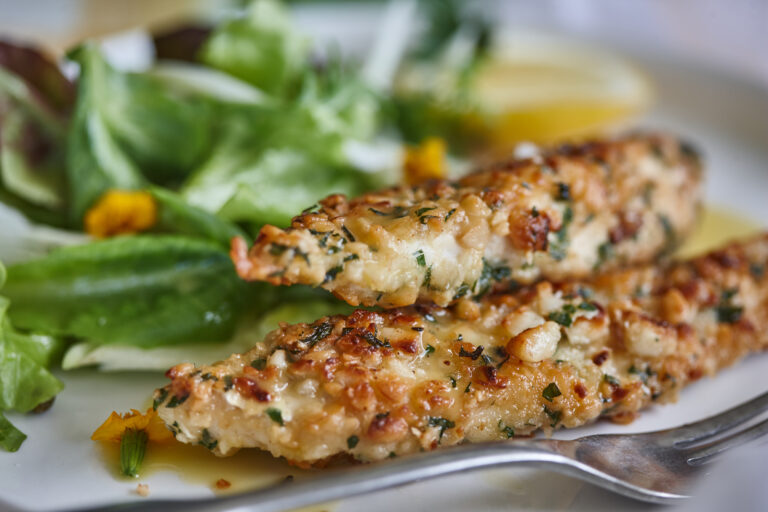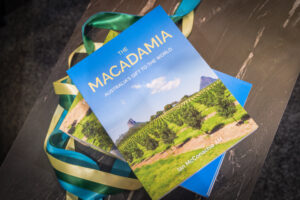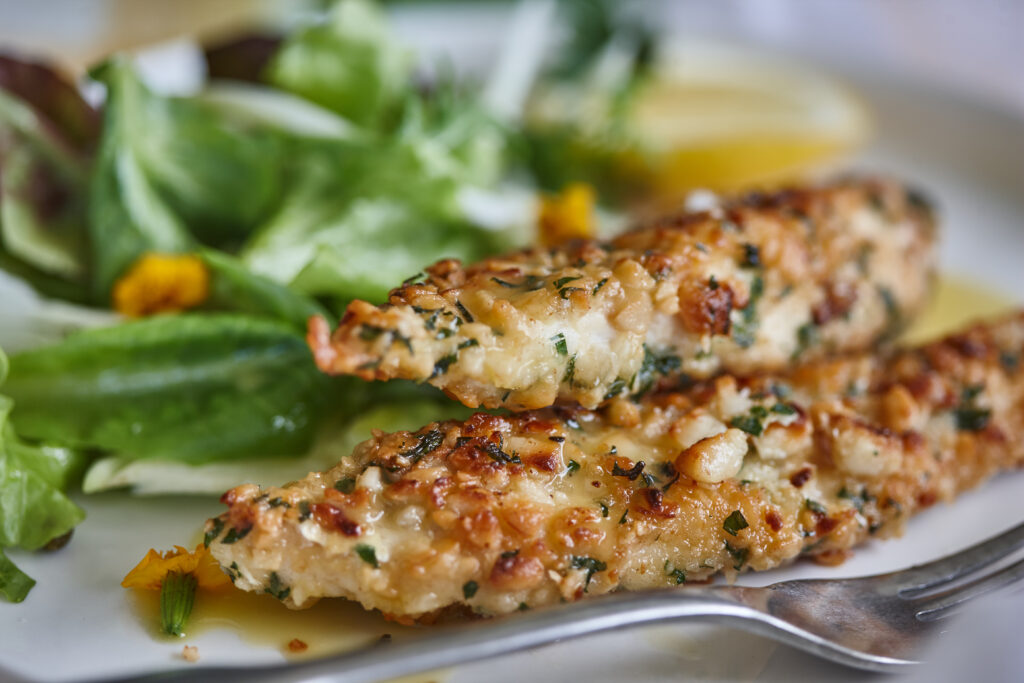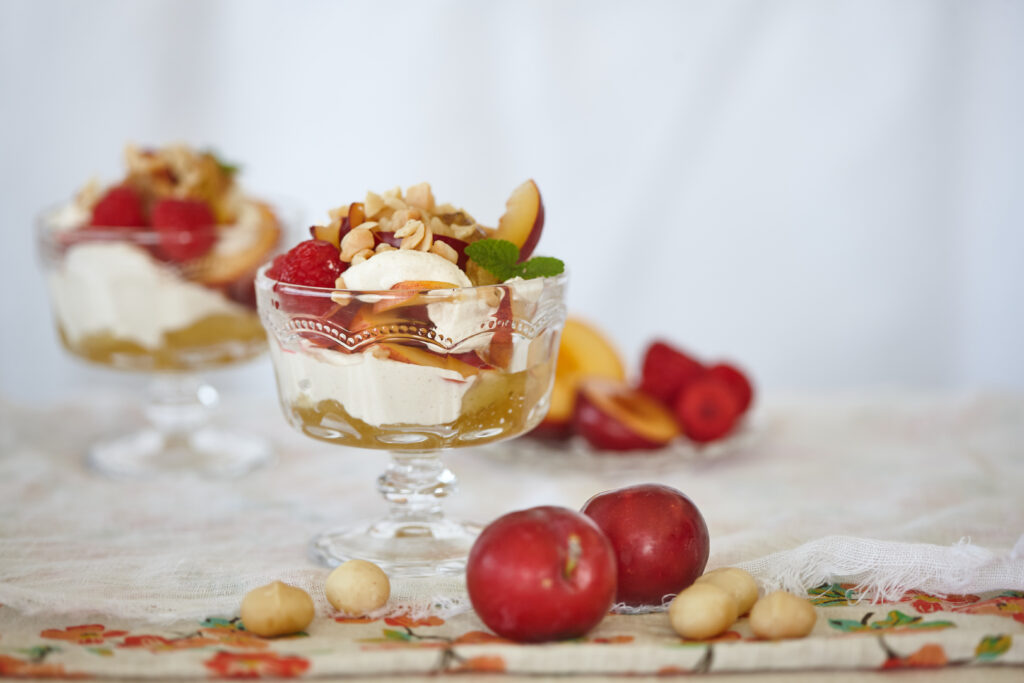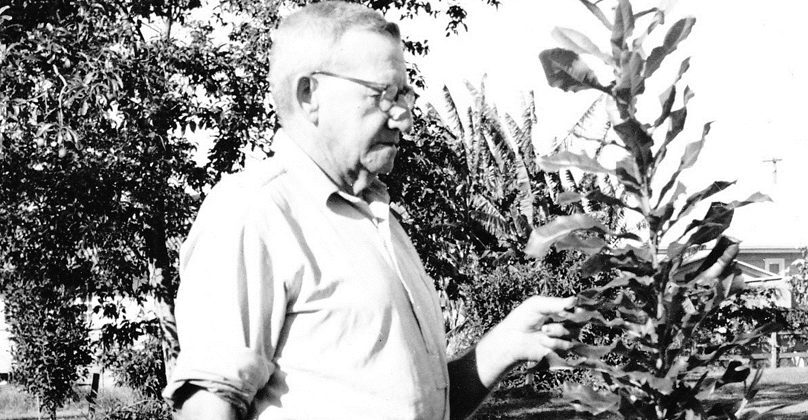
The macadamia is a natural Australian treasure.
First evolving on our north-east coast 60 million years ago, it’s where thousands of tonnes of our beautiful nut still grow today, with just the right soil and climate, nurtured by incredibly skilled and dedicated growers. Because it evolved here, the macadamia tree has an incredible natural ability to tolerate the harsh Australian conditions, and it’s been called a ‘sustainability giant’ of the plant world, thanks to its inherent ability to optimise its water use, and sequester carbon from the atmosphere.
An indigenous delicacy
Before European settlement, Indigenous Australians congregated on the eastern slopes of Australia’s Great Dividing Range to feed on the seed of two evergreen trees. One of these they called Kindal Kindal, which was the macadamia. This is just one of the names Aboriginal peoples had for the macadamia. Others included Boombera, Jindill and Baupal.
Macadamias were not staple fare; they were considered a delicacy and were treasured and collected wherever they were found. It is thought they roasted the macadamias in the ashes of their fires and carried them as a non-perishable food source. They were also traded between tribes and used as special ceremonial gifts at inter-tribal corroborees.
Indigenous women would collect macadamias in their coolamons or dilly bags and take them to their feasting grounds. They would remove the husk and crack the shells using stones with special indentations. This technique involved placing the flat indented stone over the nut and then striking it with a larger stone, delivering an even force and minimising the damage to the precious kernel within.
It wasn’t until the 1850s that Australian macadamia trees attracted the attention of European botanists Walter Hill and Ferdinand Von Meuller when they were struck by the majestic beauty of the trees they found growing in the rainforests of Queensland.
The path to commercialisation
While the macadamia tree is ancient, the industry is young. Macadamia trees were progressively planted along the Noosa River from the 1870s and the first orchard was established near Lismore in the 1880s. But it wasn’t until the development of successful grafting techniques and the introduction of mechanical processing that commercial production of the tough nut became feasible.
Macadamia enthusiast Norm Greber pioneered the grafting techniques that enabled the development of our commercial industry, and he is often referred to as the founding father of the Australian macadamia industry.
Commercial macadamia production began in Australia in the 1960s and has since developed into a thriving and innovative industry, with macadamias grown along a substantial stretch of the east coast, from Nambucca Heads in the south to Mackay in the north.
Leading the world in macadamia production
Australia has risen to become the world leader in the production of premium quality macadamias, thanks to the passion of our 800-odd growers. Investing millions of dollars in research and development each year, they continually work to develop more sustainable and productive farming methods. Today, macadamias are Australia’s fourth largest horticultural export, and the industry contributes millions of dollars to the regional economies in which they’re grown.
Around 75% of Australia’s macadamia crop is exported to more than 40 countries, so it’s no wonder people around the world are now loving our macadamias as much as we do. With 33,000 hectares of macadamia trees currently under planting, and tens of thousands more to come, Australia is set to continue sharing its delicious nut with millions of people across the globe.
As a world leader, the Australian industry takes its responsibility to future generations seriously. It makes a significant annual investment in many initiatives including conserving the endangered wild macadamia species, regenerating rainforest on farm to preserve the natural ecosystem, and developing biological controls to combat pest and disease.
